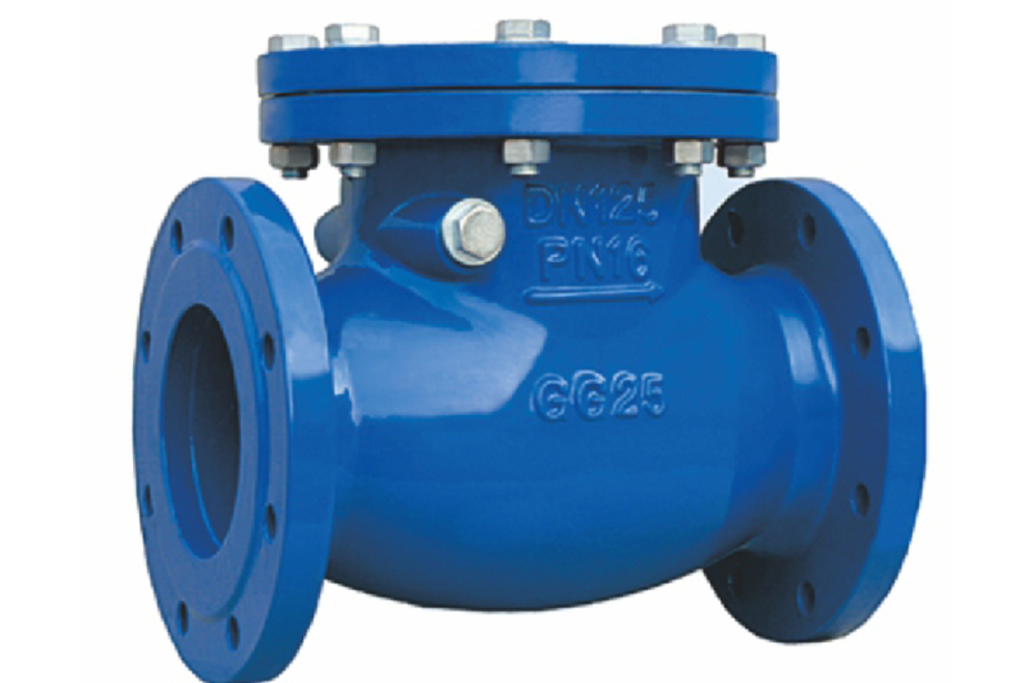
Common Problems with Check Valves
Before we delve into troubleshooting solutions, let’s take a closer look at some common check valve problems that arise in different systems.
Stuck Valve
One of the most common issues with check valves is a stuck valve. This occurs when the valve fails to open or close properly. Sticking is caused by debris, sediment buildup, or corrosion. To troubleshoot a stuck valve, start by shutting off the fluid flow and gently tap the valve to dislodge any obstructions. If the issue persists, it may be necessary to disassemble the valve and clean the internal components. In some cases, you may need to replace the valve if it is severely damaged or worn out.
Leakage
Another prevalent problem with check valves is leakage. This happens due to worn-out seals, damaged valve seats, or improper installation. To troubleshoot a leaking valve, inspect the seals and seats for any signs of wear or damage. Tighten the connections if necessary and replace any faulty components. Proper installation, including using appropriate sealing materials and applying the correct torque, is crucial to prevent leakage in check valves.
Backflow
Backflow is a serious issue that occurs when the check valve fails to prevent reverse flow. This happens due to incorrect sizing, improper installation, or a malfunctioning valve. To troubleshoot backflow, ensure that the valve is properly installed with the flow direction arrow aligned correctly. Check the valve size to ensure it is adequate for the application’s flow rate and pressure. If necessary, consult a professional to determine the root cause of the backflow and take appropriate corrective measures, which may include replacing the valve with a properly sized one.
Noise and Vibrations
Excessive noise and vibrations during check valve operation can be disruptive and indicate potential problems. These issues are caused by water hammer, high flow rates, or inadequate support. To troubleshoot noisy operation, consider installing a water hammer arrestor or adding flow control devices to regulate the flow rates. Additionally, providing adequate support to the piping system and ensuring proper anchoring of the check valve helps minimize vibrations and noise.
Improper Seating
Improper seating is a common problem in check valves resulting in leakage and reduced efficiency. It occurs due to misalignment, debris on the sealing surfaces, or worn-out sealing materials. To troubleshoot improper seating, inspect the valve’s seating surfaces for any debris or damage. Clean the surfaces thoroughly and ensure proper alignment during installation. If the sealing materials are worn out, replace them with new ones to ensure a tight seal.
Troubleshooting Tips and Solutions Now that we’ve discussed some common check valve problems, let’s explore practical troubleshooting solutions to address them effectively.
Regular Inspection and Maintenance
To prevent and troubleshoot check valve problems, it is crucial to conduct regular inspections and maintenance. Check for any signs of wear, corrosion, or damage. Clean the valve and its components regularly to remove debris and sediment. Lubricate moving parts as recommended by the manufacturer. By keeping the valve in optimal condition, you can minimize the chances of encountering problems.
Proper Installation and Sizing
Proper installation and sizing are key factors in ensuring the reliable operation of check valves. Follow the manufacturer’s guidelines for installation, including aligning the flow direction arrow correctly. Ensure that the valve is appropriately sized for the flow rate and pressure requirements of the system. Improper installation and sizing lead to various issues, including leakage, backflow, and excessive pressure drop.

Consider Application-Specific Factors
Different applications may have specific requirements that affect the performance of check valves. Consider factors such as temperature, fluid composition, and pressure fluctuations when selecting a check valve. Some applications may require specialized check valves designed to handle corrosive fluids or extreme temperatures. Consulting with experts or manufacturers helps you choose the right check valve for your specific application
Conclusion
Understanding the common problems that occur with check valves is essential for maintaining the reliability and performance of your plumbing or industrial systems. By troubleshooting these issues promptly and effectively, you can ensure the smooth operation of your check valve system and prevent costly disruptions. For high-quality check valves and reliable solutions, check out
Mohsin Trading. With our extensive range of check valves and industry expertise, Mohsin Trading is the best choice for all your check valve needs. Invest in our products and experience the peace of mind that comes with reliable and efficient check valve performance. Visit our website to browse our products or get in touch with our team at
+971 55 672 1352. 
